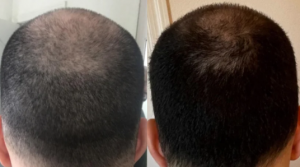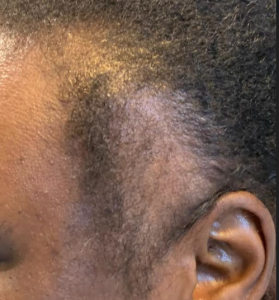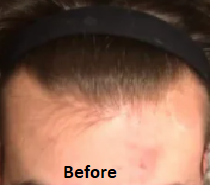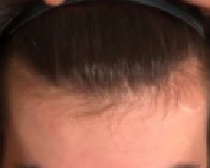I’ve had one transplant to cover my hairline area (FUE 2500 grafts). I’m considering another to do my midscalp, and maybe also my crown at low density. This time I think I’ll do FUT to preserve my donor area as best possible. I’m currently a norwood 4 or 5, and the gene that’s causing this usually results in a norwood 6.
I’m concerned that trying to do the crown, even at low density, may be a bit overly ambitious. How much donor hair should I aim to keep in reserve? I want to be able to do touchups later on when my hair loss progresses.
I’m still in touch with a talented doctor who did a good job in my first operation. The issue is that he’s busy as hell so I want to have a good idea of what to ask when I go for my consultation.
Your doctor can estimate your total donor supply and with real numbers including your Hair Mass Index, then you can pencil out the reserves that are real. Your doctor should do this with you in developing your Personalized Master Plan.




